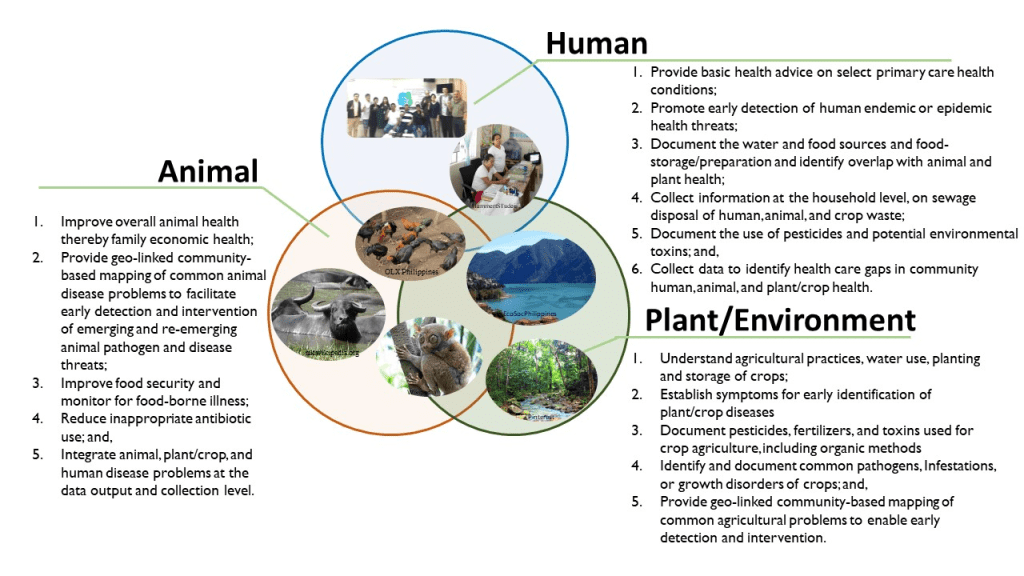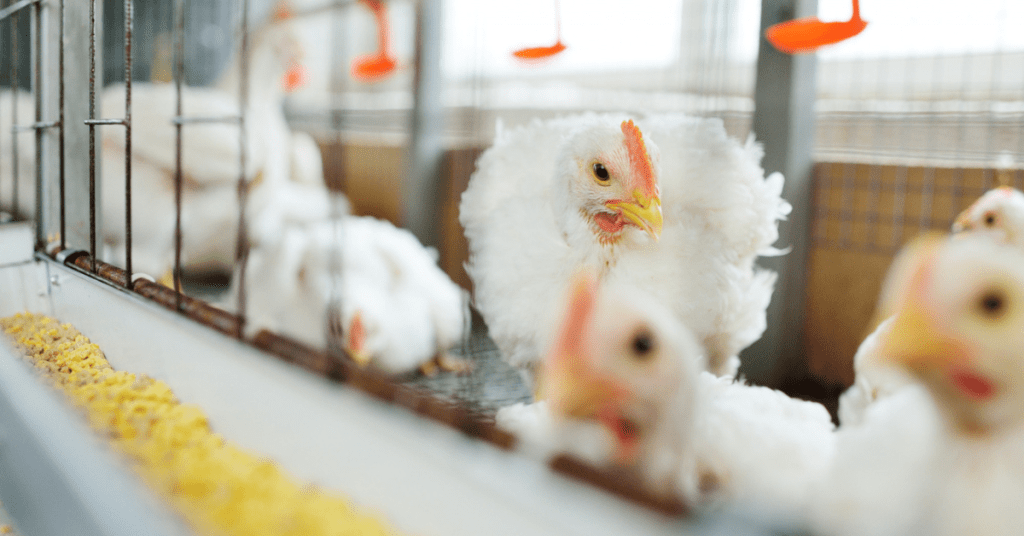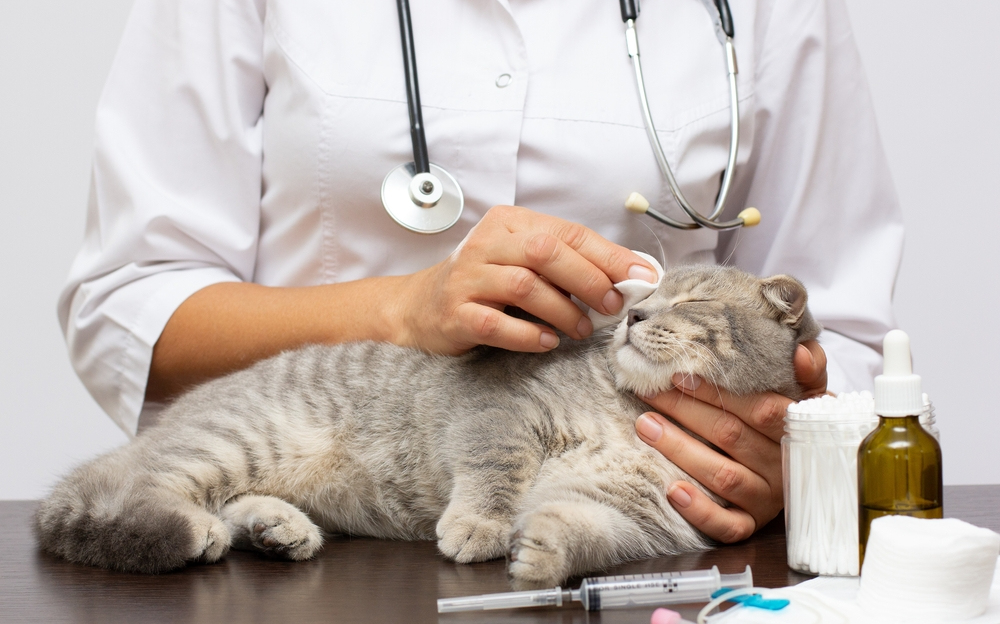Public health focuses on managing human health at the community level, while medicine often treats individuals. Veterinary Public Health (VPH) is the branch of public health that protects and improves community health through veterinary medicine.
The FAO (1951) defined VPH as “all community efforts influenced by veterinary sciences for disease prevention, life protection, and the promotion of human well-being.”
This broad scope makes VPH central to:
- Zoonotic disease prevention
- Food safety and food security
- Environmental health
- Animal welfare and human-animal interaction
The idea of “One Medicine” by Dr. Schwabe (1984) later evolved into “One Health,” recognizing the deep connection between human, animal, and environmental health.
Aim of Veterinary Public Health
The primary aim of VPH is to safeguard human health through veterinary science. This includes:
- Diagnosis, surveillance, and elimination of zoonoses
- Ensuring food safety and security
- Conducting biomedical research
- Delivering health education and community extension
- Managing laboratory animal facilities and diagnostic labs
- Producing and regulating biological products and medical devices
- Managing domestic and wild animal populations
- Controlling non-zoonotic communicable diseases
- Addressing human–animal relationships and welfare standards
- Leading and managing public health institutions and agencies

Scope of Veterinary Public Health
The scope of VPH is multidisciplinary, involving veterinarians, physicians, microbiologists, environmental scientists, food technologists, and public health professionals.
Key areas of scope include:
- Zoonotic control: Preventing exposure to hazards from animals and animal products
- Vector-borne disease management
- Food safety: Reducing risks from veterinary drugs, residues, and chemicals
- Environmental safety: Addressing envenomation, waste, and occupational risks
- Animal health promotion: Supporting food, income, raw materials, and transport for society
- Livestock trade and economy: Enhancing productivity and global market access
By promoting animal health, VPH directly improves human nutrition, income, and overall public health.
Objectives of Veterinary Public Health
The objectives of VPH guide its real-world implementation:
- Prevent, control, and eliminate zoonotic diseases
- Protect food and ensure food security
- Manage laboratory and diagnostic facilities
- Advance biomedical research and innovation
- Promote health education and community awareness
- Regulate veterinary drug residues and combat Antimicrobial Resistance (AMR)
- Manage domestic and wild animal populations
- Safeguard drinking water and the environment
- Address public health emergencies effectively
- Foster collaboration across the human–animal–environment triad
Role of Veterinary Public Health
The role of VPH is central to public safety and sustainable development. It links animal health to human health in the following ways:
- Responding to infectious disease outbreaks from animals and environment
- Ensuring safe food and animal-origin products
- Training veterinary graduates in preventive, population-based medicine
- Educating communities on zoonoses and safe animal handling
- Protecting humans from animal-borne infections and protecting animals from zoonotic risks
- Supporting eco-tourism and safe human–animal interactions
- Ensuring a clean, safe, and healthy environment for all

Conclusion
Veterinary Public Health is more than animal care—it is a public health shield that protects communities from zoonoses, ensures food safety, and supports sustainable development. Its One Health approach highlights the inseparable link between humans, animals, and the environment, making it an essential discipline for agriculture and veterinary students preparing for research and professional practice.
If you’re keen to explore this topic in greater depth, including visuals, MCQs, and field-based case studies, head to the full Meat Inspection course on Pedigogy.com. Crafted by Rahul and trusted by agri and vet students across Nepal and beyond.
You can also visit the full course here: https://pedigogy.com/courses/learn-meat-inspection-with-anusha/


